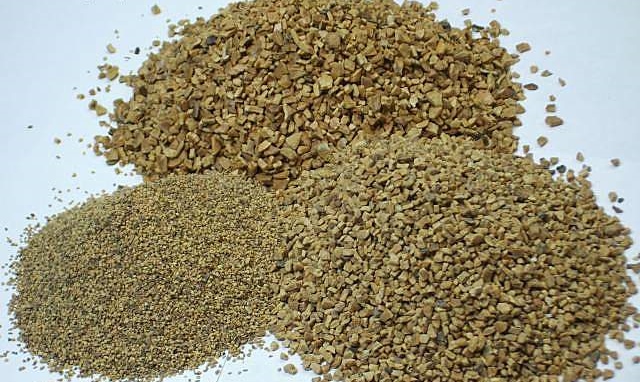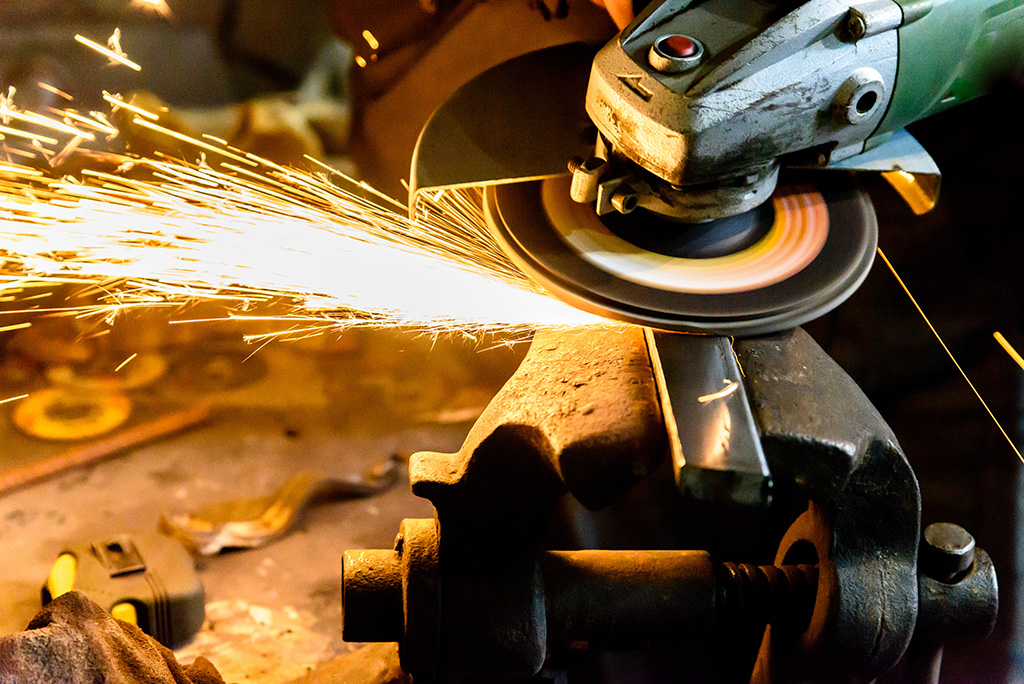The success or failure of the manufacturing industry depends on how efficiently the machines work. The efficiency of machines depends on how sharp, durable, and well-maintained the cutting tools are. Well-maintained cutting tools ensure quality, precision, and speed. Hence, grinding wheels play a substantial role in keeping the manufacturing industry working.
Grinding wheels are machines that sharpen worn-out tools to restore their efficiency, sharpness, and precision.
The manufacturing industry uses different kinds of grinding wheels for this purpose. The conventional wheels made from aluminum oxide and silicon carbide serve the purpose, but they lose their efficiency over time. Super abrasive wheels (CBN grinding wheels) are more efficient.
If you are looking for the right kind of grinding wheel for sharpening your cutting tools, we might help you select the ideal one.
Here is how you can select the right grinding wheel.
Post Contents
How to Select the Grinding Wheel?
Well, the most important thing to consider while selecting a grinding wheel is the tool you want to grind. Apart from that, there are three aspects to reflect on. They include the abrasive material, the bond between abrasive granules and the wheel, and the concentration ratio of the granules on the wheel.
Let’s look into the details of these three factors.
Abrasive Granules

Grinding wheels use an array of abrasives. The materials are crushed, and the grains adhere to the wheel. When you use the wheel, these granules chip off, keeping the wheel sharp.
CBN grinding wheels, the most popular and efficient grinding wheel, use CBN or Cubic Boron Nitride as the grinding material. CBN is super abrasive and much stronger than other abrasive options, such as silicon carbide and aluminum oxide. It easily grinds hard metals, such as cast iron, wrought iron, steel, and nickel alloys.
What makes it better than diamonds is that it does not react chemically with metals, such as iron. It has less downtime, a controlled wear rate, good wheel performance, few wheel changes, and low maintenance cost. Furthermore, it has a high rate of thermal conductivity, and hence, it does not degrade fast.
All these factors make CBN better than other conventional abrasives too.
The Bond
The bond between the granules and the grinding wheel keeps the granules in place and absorbs shock, and does not allow for irregular wear on the grinding face.
Organic resin and vitrified bonds are the two most commonly used bonds with CBN.
Organic Resin Bonds
In these bonds, natural materials are used to attach granules to the wheel. They are more efficient shock absorbers as compared to vitrified, as well as metal bonds. They are used in CBN grinding wheels. Combined with CBN grains, they eliminate a large volume of material in one go.
They are ideal for heavy-duty work, such as removing large chunks of steel or conditioning tough metals. They can also be used for grinding diamonds.
Vitrified Bonds

They use superheated ground clay along with flux. They are strong and rigid. However, they cannot be used for heavy-duty applications.
They are apt for applications where water, acid, or oil is likely to contact the wheel. Furthermore, they can be set right and reused once they wear down, hence, saving you a great deal of money.
Concentration Ratio
It is the volume of abrasive granules to the bond space on the wheel. A high concentration ratio ensures better grinding.
CBN uses the highest G-ratio (concentration ratio) than conventional grinding wheels.
Select a higher ratio when grinding harder material. For softer materials, use a lower ratio.
The Bottom Line
Selecting the right type of grinding wheel is crucial for getting the job done. Now that you know the important aspects, consider all these while selecting a grinding wheel.






























